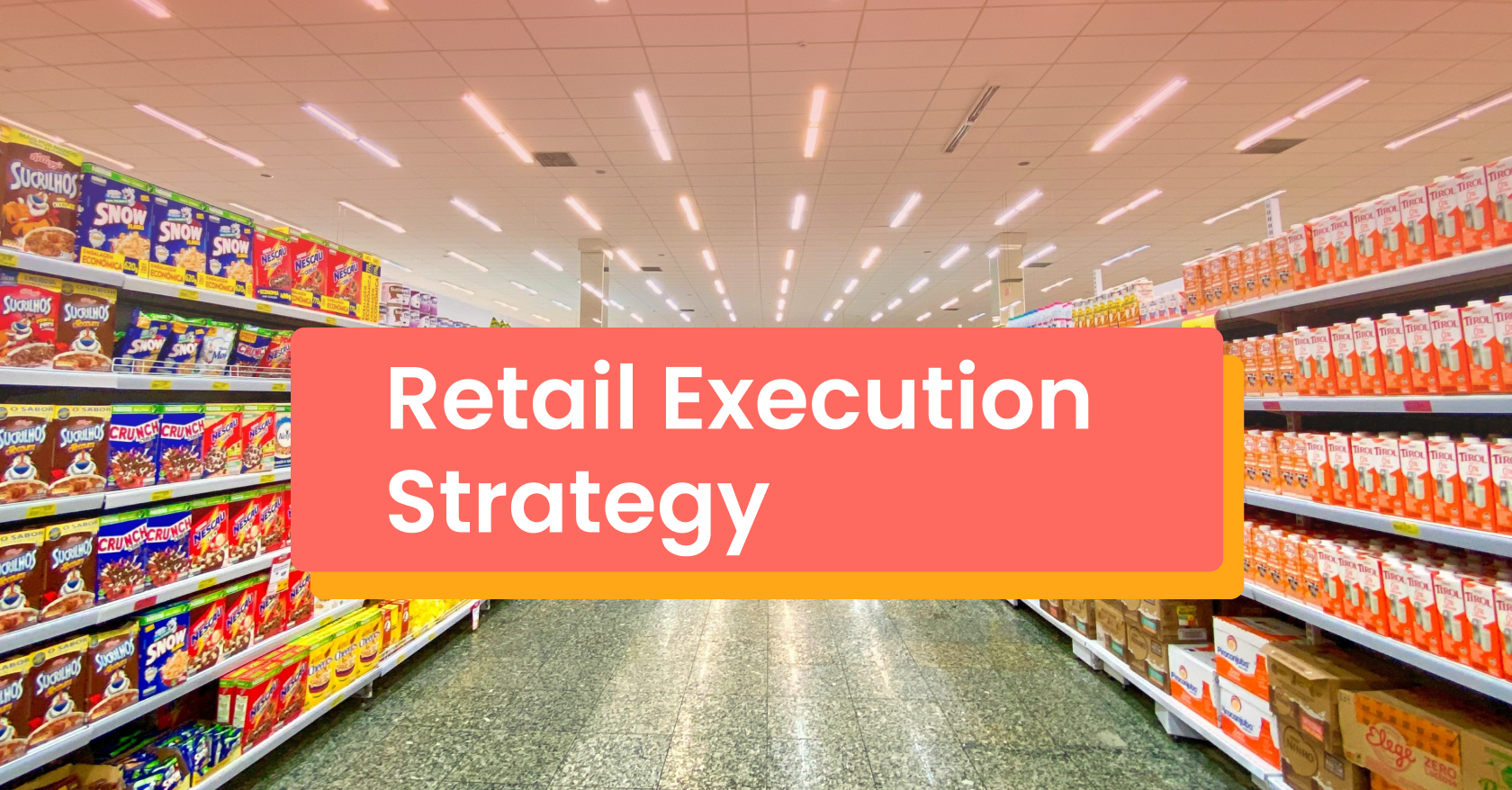
SFA BASICS
Unveiling the Key Components of a Successful Retail Execution Strategy
A successful retail execution strategy is crucial for brands aiming to thrive in the competitive retail landscape. It involves a well-planned approach to optimize in-store performance, enhance merchandising activities, and collect valuable data for informed decision-making. In this article, we will explore the key components that contribute to an effective retail execution strategy, enabling brands to achieve their goals and deliver a superior customer experience.
Store Auditing and Compliance
Store Auditing includes regular visits to retail locations to assess various aspects, such as product availability, planogram compliance, pricing accuracy, and promotional execution. A retail execution platform simplifies the auditing process by providing customized checklists, real-time reporting, and photo documentation. By thoroughly evaluating these areas, brands can identify gaps, make necessary adjustments, and ensure consistent brand representation across all stores.
Strategic Merchandising Activities
An effective retail execution strategy incorporates well-planned and targeted merchandising activities. By analyzing sales data, customer preferences, and market trends, brands can tailor their merchandising strategies to increase customer engagement, drive impulse purchases, and boost sales.
Effective Field Team Management
Field team management involves assigning tasks, monitoring performance, and providing necessary training and support to field teams. Leveraging a retail execution platform, brands can streamline communication, task assignment, and performance tracking, ensuring that field teams are equipped with the right tools and resources to execute their responsibilities efficiently.
Data Collection and Analysis
At the core of a successful retail execution strategy lies the ability to collect and analyze relevant data. By leveraging a retail execution platform, retailers can gather valuable insights on various metrics such as on-shelf availability, planogram compliance, and sales performance. This data-driven approach enables retailers to identify trends, spot opportunities for improvement, and make informed decisions to optimize their operations.
Clear Objectives and KPIs
Brands must define specific goals they aim to achieve, such as increasing sales, improving customer satisfaction, or enhancing brand visibility. These objectives should be measurable and aligned with overall business objectives. Tracking relevant KPIs allows brands to gauge their progress, make data-driven decisions, and optimize strategies for continuous improvement.
Continuous Performance Evaluation
To stay ahead in the competitive retail landscape, constant evaluation and improvement are vital. Based on performance data, brands can refine their strategies, implement corrective measures, and enhance the overall execution process. Continuous evaluation and improvement ensure adaptability to changing market dynamics and evolving customer preferences.
Technology and Automation
Incorporating technology into retail execution strategies can significantly enhance overall performance. A retail execution platform, like Key2Work, offers features such as task management, data collection, and reporting capabilities. Automation and digitization streamline processes, reduce human error, and provide real-time insights. Technology integration enables brands to leverage data-driven intelligence, improve operational efficiency, and make proactive decisions to drive success.
A successful retail execution strategy relies on a holistic approach that encompasses data-driven decision-making, efficient field team management, seamless store auditing, strategic merchandising, continuous improvement, collaboration, and technology integration.
Do you want to better know your competitors and market?
Book a demo with us!
Book a demo with us!
Let it start...



